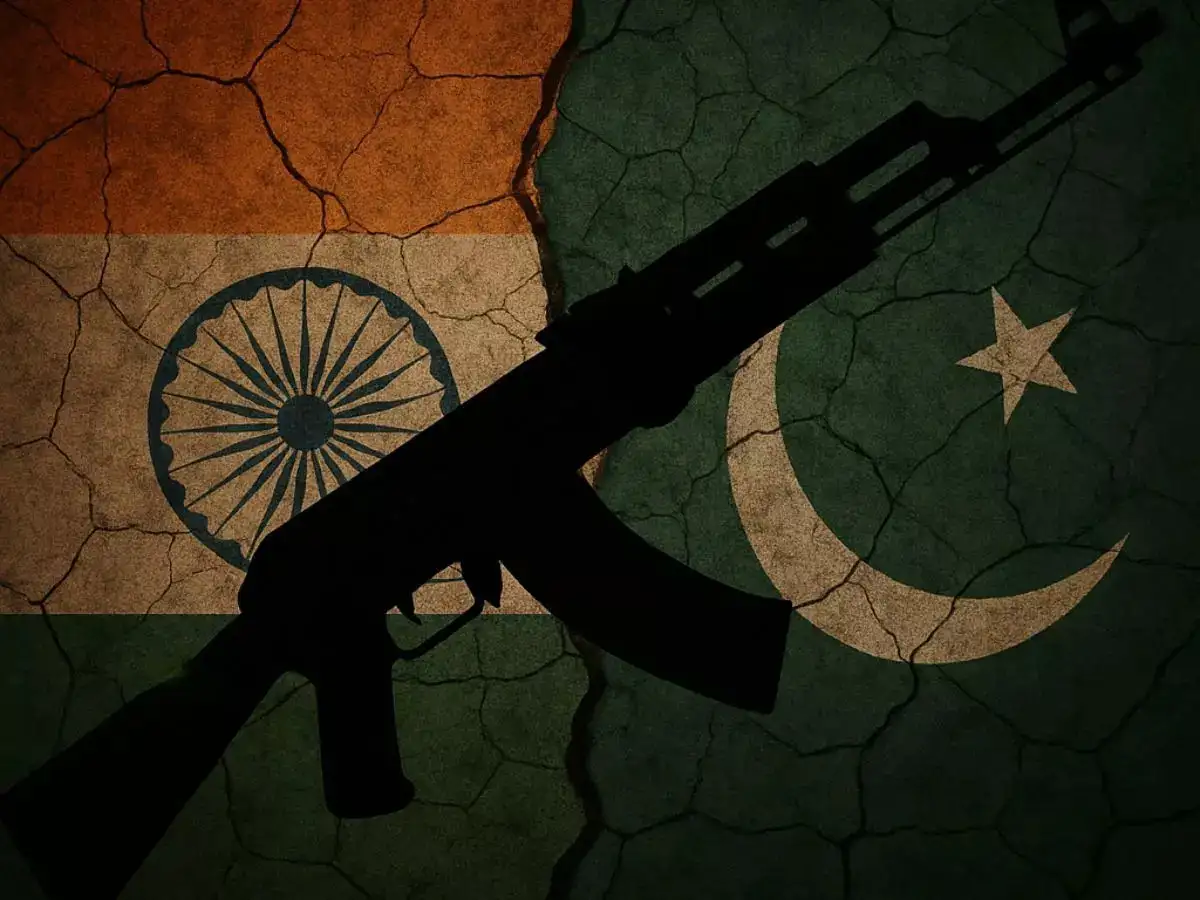In modern warfare, bullets and bombs are only half the story. The other half is told through rare earths, base metals, and specialty alloys that make up everything from missile guidance chips to armored plating. The brief but intense confrontations between India and Pakistan in 2025, driven by drone swarms, hypersonic strikes, and satellite-guided warfare, marked not only a strategic shift—but also a massive, largely hidden consumption of strategic metals.
This was not a war of trenches. It was a war of composite drones, stealth coatings, radar systems, jamming arrays, and smart munitions—and all of these rely on metals that are as strategically critical as they are scientifically complex.
Key Metals Used in the 2025 Conflict
The following categories dominated the material logistics of the India–Pakistan clashes:
1. Aluminum and Titanium (Airframes & Drones)
-
India deployed hundreds of autonomous drones via its AkashTeer system, using lightweight, radar-evading airframes constructed from aluminum alloys and titanium composites.
-
Pakistan scrambled to counter these with its own Chinese and Turkish-sourced drones, which also rely heavily on anodized aluminum and titanium.
Estimated Combined Usage:
-
Aluminum: ~1,500–2,000 tonnes
-
Titanium: ~300–400 tonnes
2. Copper (Communications & Power Systems)
Copper remains irreplaceable in radar systems, high-frequency communication devices, electric actuators, and drone guidance modules.
-
India’s battlefield networks and mobile command centers used high-grade copper for electromagnetic shielding and secure cables.
-
Pakistan’s radar and SAM systems also consumed substantial copper in jamming, detection, and relaying systems.
Estimated Combined Usage:
-
Copper: ~1,200 tonnes
3. Lithium, Cobalt, and Nickel (Drone and Missile Batteries)
The lithium-ion battery arms race arrived on the battlefield.
-
India’s drone swarms, loitering munitions, and portable energy stations relied on high-density lithium-ion batteries made with lithium, cobalt, and nickel.
-
These batteries powered onboard AI, flight modules, and surveillance systems for hours.
Estimated Combined Usage:
-
Lithium: ~45–60 tonnes
-
Cobalt: ~30–40 tonnes
-
Nickel: ~200–300 tonnes
4. Rare Earth Elements (REs) in Electronics and EW Systems)
Critical rare earths such as neodymium, dysprosium, lanthanum, and yttrium were vital to motors, laser targeting, smart optics, and jammers. These were heavily used in the radar-guided drones and missile systems.
-
India has limited domestic rare earths but compensates with Japanese and Israeli tech partnerships.
-
Pakistan relies almost exclusively on Chinese imports.
Estimated Usage (Combined):
-
~25 tonnes of rare earth oxides (REOs), mainly:
-
Neodymium: 12 tonnes
-
Dysprosium: 3 tonnes
-
Lanthanum/Cerium/Yttrium: 10 tonnes
-
5. Steel and Tungsten: Armor and Ammunition
Although the 2025 war was short-lived and did not involve tank warfare, steel was consumed in vehicle armor reinforcements and tungsten in precision-guided munitions and armor-piercing rounds.
Estimated Usage:
-
Steel: ~6,000 tonnes (combined, including mobile bunkers, reinforced trucks, and missile casings)
-
Tungsten: ~60–80 tonnes
6. Silver and Gold: Invisible Assets in Visible Tech
Used in satellite systems, radar arrays, and secure electronics, trace amounts of gold and silver are critical for their conductivity and reliability in high-performance circuits.
Estimated Usage (Combined):
-
Silver: ~5–7 tonnes
-
Gold: ~0.6–1 tonne
Material Comparison Table
| Metal | India (Estimated Use) | Pakistan (Estimated Use) | Primary Use |
|---|---|---|---|
| Aluminum | 1,300 tonnes | 900 tonnes | UAV bodies, drone wings, radar structures |
| Titanium | 350 tonnes | 150 tonnes | Missile casings, drones, heat shields |
| Copper | 1,500 tonnes | 900 tonnes | Electronics, comms, radar systems |
| Lithium | 40 tonnes | 20 tonnes | Batteries for drones, mobile units |
| Cobalt | 25 tonnes | 15 tonnes | High-energy batteries |
| Nickel | 180 tonnes | 100 tonnes | Energy storage, drone power units |
| REEs | 15 tonnes | 10 tonnes | Sensors, targeting, magnet systems |
| Tungsten | 45 tonnes | 25 tonnes | Warheads, precision munitions |
| Steel | 3,500 tonnes | 2,500 tonnes | Armor, bunkers, missile housing |
| Silver | 4 tonnes | 2 tonnes | Circuit boards, comms hardware |
| Gold | 0.6 tonnes | 0.3 tonnes | High-end chips, guidance systems |

